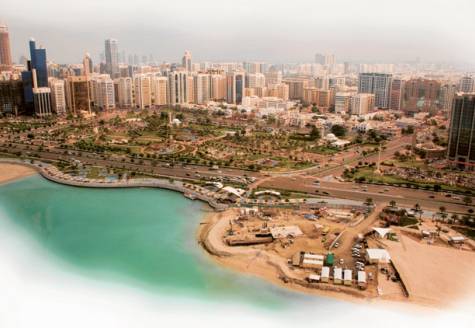Mehmood Ul Hassan Khan
Right from the beginning, visionary leadership, policy makers and economic managers of the United Arabs Emirates emphasized the importance of diversification of economy. They initiated many diversified but integrated macro and micro policies which are now paying the dividends. Although oil is one of the main sources of national revenues and GDP but service sector, petrochemical, steel, tourism, and aluminium sectors are contributing substantially too in the UAE overall GDP. Construction sector, re-exports, soft image exhibitions corporations and hotel industry are making inroads in the UAE GDP.
The Federal Customs Authority (FCA) said in its report that the UAE non-oil foreign trade maintained a sturdy year-on-year growth of 11.5 per cent till last October,. FCA preliminary statistical data confirmed that the value of the country’s non-oil foreign trade during the first ten months of 2010 jumped by Dh62 billion to Dh605.4 billion from Dh543.2 billion in 2009.
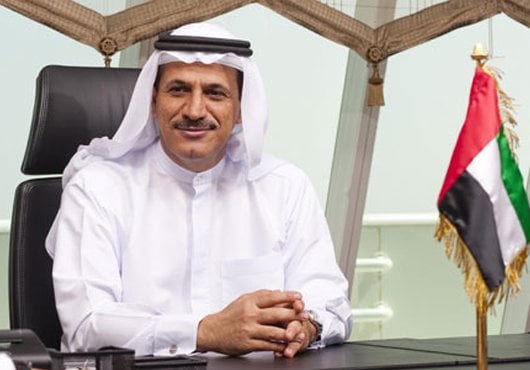
UAE’s Economic Diversification Strength
The ongoing global economic and financial crises could not affect the UAE macro-economic stability and sustainability and endorsed its banking system resilience. UAE prompt and methodical response to the crisis helped strengthen its main characteristics as an business and investor-friendly country offering unlimited opportunities for better socio-economic prosperity.
Benefits of Economic Diversification
Gradual but constant economic diversification has opened new avenues for investment in the UAE with the non-oil sector contributing to 71 per cent of the UAE GDP in 2009. UAE’s sustainable growth model stands for its core focus on the industries of the future i.e. transport logistics, hospitality, tourism and renewable energy resources.
Important Areas of Economic Diversification
Opening of new trade routes and partners are the two important areas of UAE economic diversification. According to World Economic Forum, the UAE is now among the top 20 nations in the world in terms of trade, which is a truly great achievement, considering the size of the country and its population. UAE is now focusing to further increase its trade ties with China, India, the EU, other Arab countries, as well as the GCC and the last but not the least, looking for business partners in Africa (East Africa, South Africa and the West African nations) and Latin America.
According to the official data, by virtue of economic diversification, UAE achieved 12.5 percent growth in its aviation sector in the last year. It registered 80 percent increase in trade related activities. It secured more than 22 percent rise in foreign trade. The report further said that the UAE achieved 45 percent and 26 percent in its exports and re-exports respectively.
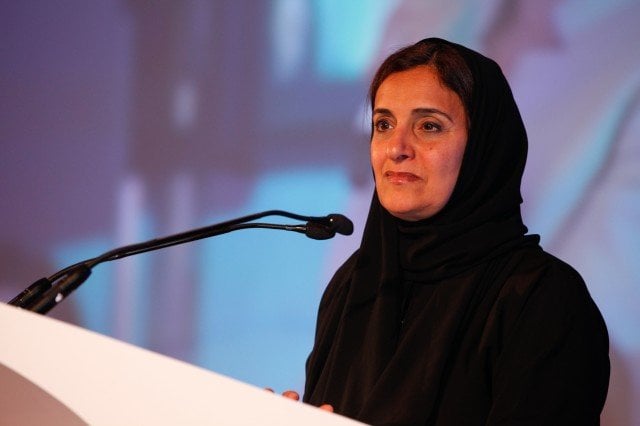
UAE Business/Investment Friendly Policies
UAE government’s business and investment friendly policies played decisive role in achieving this goal. Now, UAE is not solely dependent on revenues from oil exports. Abu Dhabi Economic Vision 2030 provides the guidelines to achieve further diversification in the national economy. Healthy participation of private sector, Small and medium enterprises, pursuits of alternative energy and successful commercial diplomacy are interrelated and the UAE government is making all possible effort to achieve sustainable economic growth through its rigorously followed and implemented diversification policy. According to Abu Dhabi’s Urban Planning Council (UPC) some $200 billion (Dh734 billion) will have been pumped in by 2013 into various infrastructure projects.
Healthy Contribution of Private Sector
According to the figures of the Abu Dhabi Chamber of Commerce and Industry (2012) that Abu Dhabi’s private sector has steadily grown over the past years to reach nearly a third of the emirate’s GDP and largely surpass the government sector. It would grow by around 6.4 per cent in 2012 while the non-oil government is projected to expand by 5.5 per cent. It report showed that the private sector’s contribution to GDP was estimated at around Dh218 billion in 2011 and is forecast to climb to Dh232 billion in 2012. The report further said that the non-oil government sector stood at about Dh126 billion and could swell to nearly Dh133 billion in 2012.
The report indicated that the overall real GDP is projected to rise by nearly 8.5 per cent to a record high of around Dh750 billion in 2012 to maintain the emirate’s position as the largest UAE economy, controlling over 60 per cent of the country’s GDP. Moreover, a breakdown showed services sectors will grow by around seven per cent to Dh244 billion in 2012 from Dh228 billion in 2011 while non-oil productive sectors will increase by 4.5 per cent to Dh161 billion from Dh154 billion.
Mega Infrastructural Development
It is hoped that due to its massive infrastructural development Abu Dhabi will be home to one of the world’s most advanced deepwater seaports and a world-class countrywide railway network within the next few years. It is estimated that enhanced connectivity of sea, air, road and rail-network would pay the dividends in the days to come and would also heal to increase its national, regional and global trade performance and raise its non-oil GDP. According to recently published report of the UAE economic department, the contribution of oil in Abu Dhabi’s GDP dropped to 49 percent in 2009 due to sharing by other economic sectors that include manufacturing, agriculture, education, health, transportation and financial services. It is hoped that steady progress of its diversification drive would further lessen the oil contribution to its GDP in the years to come.
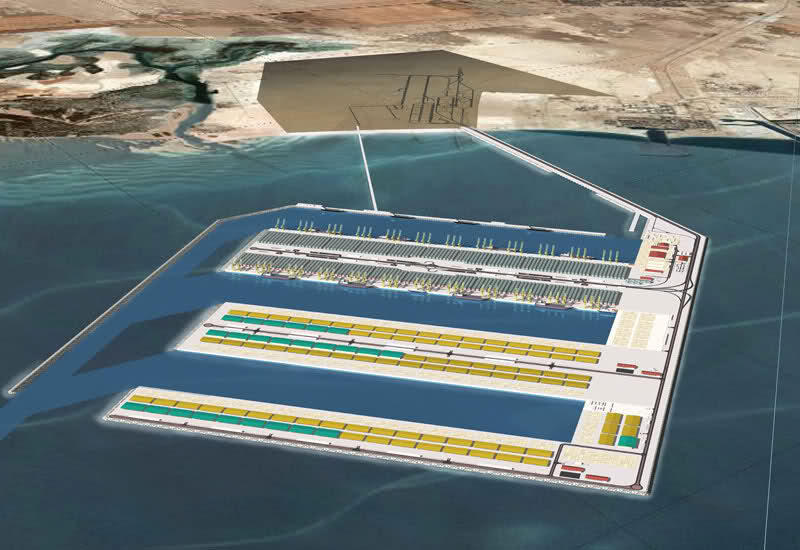
Rigorous Industrialization
Massive industrialization and manufacturing are areas of particular focus in Abu Dhabi. The Khalifa Port and Industrial Zone (KPIZ) indicate the systematic way forward to achieve further economic diversification by the emirate. The industrial zone, covers 100 km2 in the first phase. It would serve several industrial sectors including base metals, heavy machinery, transport vehicle assembly, chemicals, shipyards, building materials, processed foods and beverages, medium and light industry, small and medium industry, trade and logistics, information and communication technology, and clean technology and alternative energy. The zone would be home to the Mubadala and Dubal aluminum smelter as well as a steel mill. The port and industrial zone are expected to increase the trade volumes entering the emirate, with the Abu Dhabi Ports Company predicting a compound annual growth rate of 12 percent. It has led to predictions of 20.66 million tons of general cargo by 2015 and 29.8 million tons by 2020.
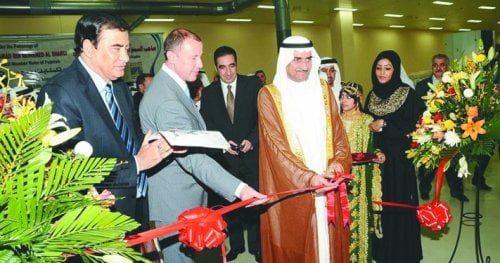
UAE Strategic Development
In recent months, UAE achieved strategic milestones in the region. The emirate of Fujairah has built the biggest textile factory in the Middle East. Its producing capacity is 10,000 tonnes of cotton per annum. The project was built at a cost of Dh225 million (US$61.2m) by the Azerbaijan government, in partnership with Fujairah Government. It is indeed a giant step in further diversification of the UAE economy. It has a capacity of 45,600 spindles. It is 44,250 square metre factory which is estimated to make Dh140m in sales per year, employs a workforce of about 225 people.
The yarn will be used as a raw material for industries such as clothing and garment-making, as well as knitting furniture fabrics. It will be exported to markets in Asia, the United States, North Africa, Europe and the Middle East.
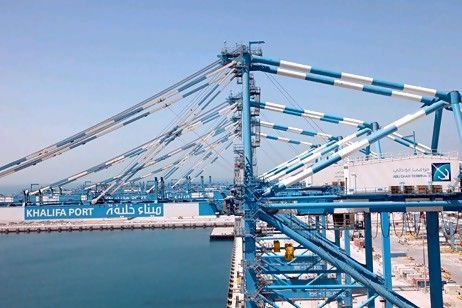
Details of Different Industrial Units
According to the official data (2012), Abu Dhabi Ports Company (ADPC) planed a 417 square kilometre Khalifa Industrial Zone (Kizad) in Abu Dhabi’s Taweelah, the largest industrial zone in the region, with its phase one being launched with an investment of Dh26.5 billion in 2011 would speed up further industrialization in the UAE. Most recently, the Emirates Steel, a subsidiary of the Abu Dhabi Basic Industries Corporation, has announced to produce 3 million metric tones steel products per annum through a Dh9 billion expansion plan. Borouge, a provider of innovative, value creating plastics solutions, tripled its annual production capacity in Abu Dhabi to 2 million tonnes and an additional 2.5 million tonnes per year is scheduled for completion by the end of 2013 to create the world’s largest integrated polyolefins plant. The electronic sector in the UAE continues to maintain huge growth too. Moreover, Emirates Alum-inium, a joint venture between Dubai Aluminium Company Limited (Dubal) and Abu Dhabi’s Mubadala Development Company to produce 1.5 million tonnes of aluminium a year.
Concluding Remarks
Economic diversification holds the key of rapid socio-economic growth for the United Arab Emirates. It guarantees generation of employment. It provides strategic cushion to macro-economy of the country to soak up sudden regional or global economic recession or any financial crunch. It accelerates the pace of the macro-economy in order to achieve desired targets of GDP. It widens spectrum of national economy and gives a ideal platform to its businessmen and investors to operate even beyond the region in international markets. It also sharpens the skills of laborers.
UAE has been pursuing scrupulously following the economic diversification policy since its inception. It introduced meaningful economic policies and financial reforms to achieve this goal. It introduced technical disciplines in its educational sector to facilitate the process of economic diversification. It pumped billion of funds in the mega infrastructural projects which are now playing its parts in achieving more and more economic diversification. It revolutionized service sector in the country and now tourism, construction, hotel industry and soft image companies are making handsome revenues and speeding up GDP ratios by each passing year.
Small and medium enterprises, education, tourism, aviation, banking (Islamic) and even insurance industry have the capacity to excel in order to achieve high rates of further economic diversification in the country. Engineering, manufacturing, alternative energy resources/industries and agro-based smaller industries have the huge potential to strengthen the high levels of economic diversification.
